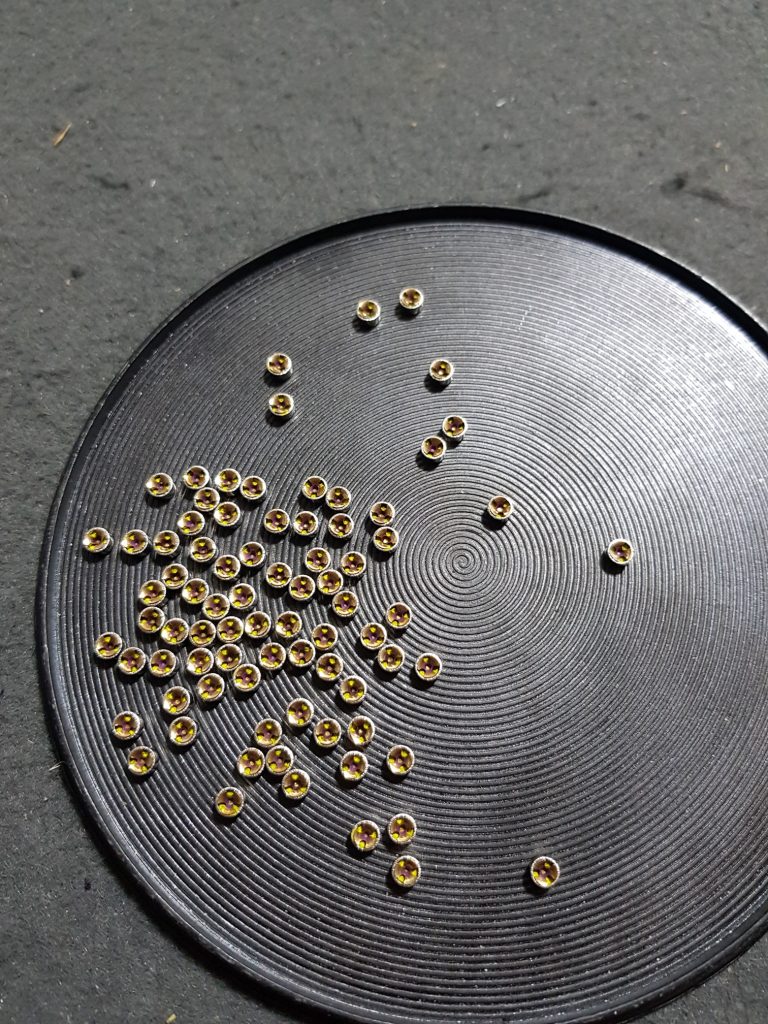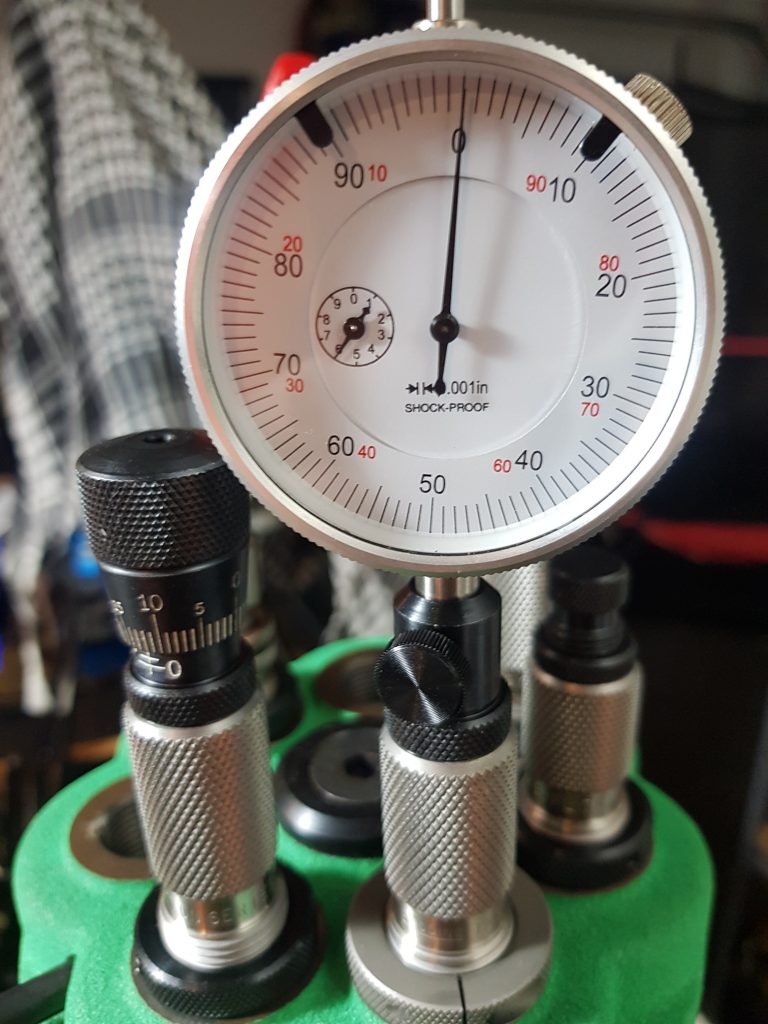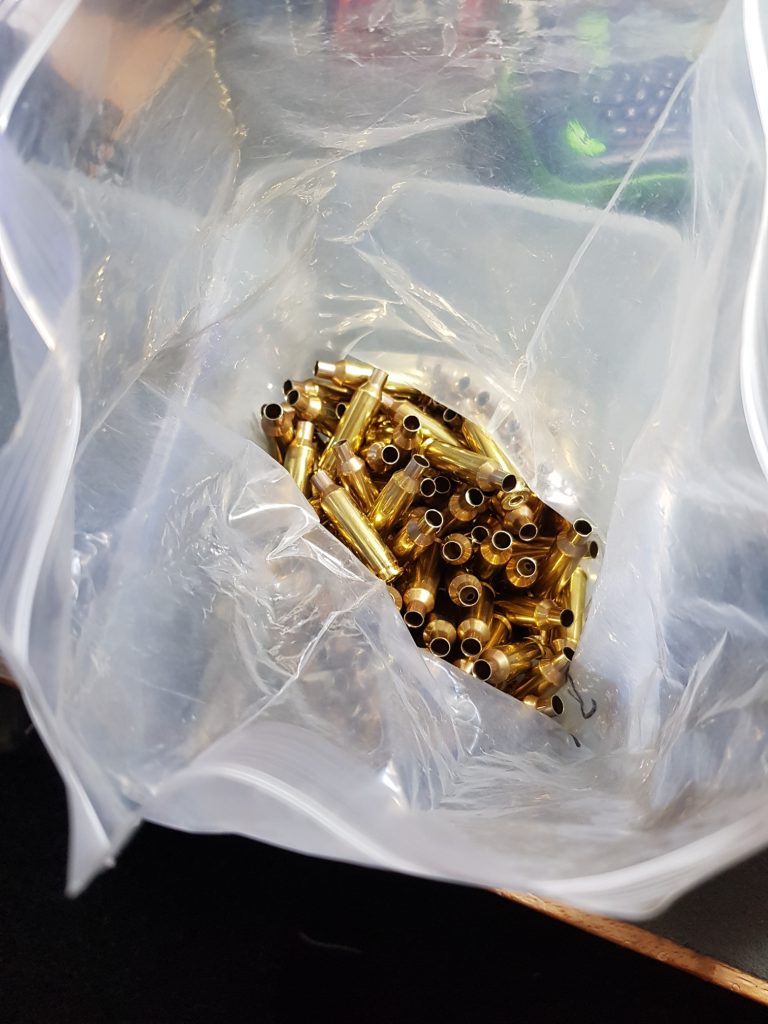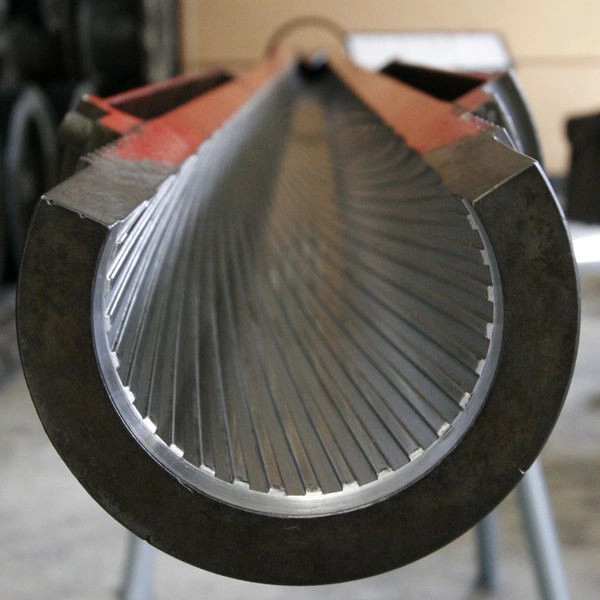So, I recently took the new Custom Guns / Proof Research 6mm Creedmoor build out for it’s first competition.
However, because of timing – I had too shoot factory ammo with it. Which, while it functioned well, was still painful on the pocket, and I was keen to start some load development to get 1. a bit more speed and 2. a little more customised for the particular rifle.
Make no mistake – it’s a solid 3/4 MOA gun shooting factory – and I doubt it was the ammo that caused my misses at the recent Gillice Practical Tarata Shoot – but – I am keen to get the ammo ticked off, load up a pile and start more positional practice.
Now – let’s be clear – I am not interested in taking 100 rounds to do load development – the less I can shoot to get 99% of the way – I am happy. I have long accepted that the last little increase in precision and the extra time and effort it takes is well lost within my shooting ability. At the moment anyhow. So – bear in mind (and I am sure some will critique regardless) I am not interested in eeeking out the last minute amount of performance out of this system. It’s a field gun – and I often find when people start trying to run right at that ragged edge, in regards to speed or pressure (because faster is better, right!) they also start developing reliability issues, pressure problems and so on.

Projectile, Powder, Primer, Brass Choice
Because the Proof Research barrel is a 1:7.5 twist – I was keen to go heavy. I would have liked to get the 115DTAC projectiles – but also wanted to use something fairly easy to source in NZ, so instead, decided to wait for the new Berger 109 LRHT (Long Range, Hybrid Target) – I have always liked Berger, and with the current high demand on the ELD-M in NZ – figured finding an alternative projectile might also be a good idea for supply.
In regards to powder – a bit of research online for options brought up H4350 fairly regularly. I got a tub to try. I have also read this can be a bit of a barrel burner – but – as you will see below – I am also not going to be chasing super fast loads, so figure that will help temper things. I might try other powders in the future – but – if I can get it to shoot ok – then I will stop messing with things.
Primers – Federal Match, Small Rifle, because I also decided to get the Peterson Small Primer 6mm Creedmoor. Mainly because of potential extended primer pocket life, rather than the potential performance gains. If I get a couple of extra reloads out of this brass (also because I don’t plan on pushing it hard) then that makes a bit of economical sense to me.
Reloading Setup
So, I have used Redding Dies for a long time now. Always had success with them, no need to fix something that isn’t broken. For the 6mm Creedmoor – I got the Type S Match Die Set – this has the separate body and neck bushing die set, and the seating die with the micrometer on top. More about how I use those in a bit. I also ordered in a couple of bushings, as well as Instant Indicator.
I have a bit of a hybrid progressive/single reloading setup that has developed over the years.
Many years ago, I started on a mission to speed up bulk reloading of precision rifle ammo – talking to the 6.5 Guys and then researching David Tubbs 550 use got me onto the path of a Dillon Progressive set up for the ‘brass prep’ functions – meaning depriming, resizing and priming. The four stages are set up with a decapping die, Redding Body Die, Redding Bushing Neck Die and finally an expander mandrel. The mandrel is important, especially with the new bulk brass – as neck sometimes have bumps in them that can easily be sorted with the mandrel.
Ok. I hear the questions/objections already. So – the body die is setup to minimally push the shoulder back. This will get optimised for the rifle itself. But I full length resize everything because I have seen too many neck sized only rounds get stuck in shooters guns. The neck die bushing is pushing it back down just enough for the mandrel to open back up. Minimal brass working. The mandrel ensures the inside of the brass is optimised, which, if you want more info on – go back to my interview with Robin from Redding in regards to neck turning.
The head itself is clamped down into the Dillon press, and the dies are individually floated. It all results in a brass with minimal run-out. Small enough I don’t worry about it anyhow.
Then, I charge all the cases up with powder dispensed from the Auto Trickler – which gives me .02 grain variance – more than fine enough for what I am after (go check Adams article about how much this really matter for an enlightening read). I then seat the projectile on the Redding T7, so I can switch between the Competition Seater and the Instant Indicator. I am doing it this way because I actually seat the projectiles twice – once, slightly long, then a second time, after I have measured the variance of the base to ogive of each load. So – instead of matching COAL, I am matching CBTO – where the projectile actually first engraves into the lands.

Methods
Everyone has their own theory here – and they all kind of get to the same point. For precision rifle I am looking for two things – low SD/ES – as that directly relates to vertical spread, and group size. This is assuming we also reach a suitable velocity with a good BC bullet.
For me – SD/ES slightly sights higher in priority over ultimate group size. Meaning – if I get a low SD, 1/2 MOA load, that’s preferable to a high SD 1/4 MOA load. I am shooting at targets that are normally a couple of MOA in size, which can soak up the slightly larger group size, but, if I have a big variance between velocity on shot to shot – that is more likely to cause a miss (and, well, wind, but that’s my issue to deal with).
So – my method is a bit of a hybrid really. A little of Scott Satterlies Method, and little traditional ladder test, a bit of just shooting and seeing what happens. Because there is minimal load data available for my combination, I also needed to start low and work up. So actually utilised .5 grain steps instead of .2 like some people will use. I loaded up five rounds over five steps to try and quickly hone in on a node that might show promise.
Testing
The testing itself was straight forward – but – I managed to miss out on a string because the microphone on the labradar had come out enough to not trigger the shots, and I didn’t notice until I had sent them all downrange. I also understand, that because I didn’t have ten different charge weights, that looking for the null/node as per Scott’s method doesn’t really work that well either. However, I did basically find a charge weight where a five round volley gave me a SD of 3.5 – which, considering that it’s a fairly fast and loose reloading standard (meaning, I am not killing myself ensure the utmost of consistency in my loads) I figure it actually gives me something solid to work with.
As it turns out, that was also at the highest charge weight I had tested that day. There were still no pressure signs, but it was over the 3k fps mark – which was my rough goal for speed. Now, I could push it even further – however, I am not that worried, all things considered. I will likely do a slightly higher charge – just to confirm I don’t nosedive into a much higher SD area – but essentially, I think I have found a workable charge weight (don’t copy my load, do your own workup, your gun is different to mine, etc, etc).

How does it compare to factory loads?
Good question. Assuming that cost is around the same (slightly cheaper really, but you do have to figure in plant costs and labour if you are really running the numbers) then there also really needs to be an advantage in regards to precision/accuracy to justify doing this anyhow. So I ran some quick numbers.
It’s really a combination of speed and BC here. We have the Hornady ELD-M, that was running at 2915fps out of my gun, vrs the 109 LRHT @ 3002fps.
I ran both through Coldbore and this is what I got:
| Solution | Hornady 108 ELD-M | Berger 109 LRHT |
|---|---|---|
| G7 BC | .270 | .292 |
| Speed | 2915fps | 3002fps |
| Drop (MRAD) @ 700m | 5.1 MRAD | 4.6 MRAD |
| Wind – 6 M/S Full Value (MRAD) | 2.1 MRAD | 1.8 MRAD |
So. Less drop, slightly less wind hold required as well. 700 meters is just a nominal value, because, well just because.
So – at 700 meters – the elevation difference is .5 MRAD – or – 1.8 MOA, which is 35 centimetres at that distance. The elevation is a constant – so no major – we tend to true our data – so that isn’t normally a major issue.
Wind – a 6 m/s full value wind at 700 meters results in a .3 MRAD difference – that’s 1 MOA – at 700 meters – 21 centimetres – which would mean the difference between ‘just missing off the edge’ and clipping the target. This is where a ‘wind-cheater’ cartridge comes into its own. If you pick up one or two shots, not only do you get those points but you likely also get a better understanding of what you need to do for follow up shots. Often, in competition, between the top competitors – those first hits start making a real difference. Most of us get the follow-up shots on fairly quickly.
Yes, this reduces under 700 meters – but then, you are closer, so likely closer in both the wind call and the miss as well. It’s all relative.
Now what?
Well. Assuming that the charge weight is going to remain the same, the next thing I am going to do is have a bit of a play with seating length. Again, five lengths of five rounds and see how the group size changes.
It should also be noted, that I am also going through all this brass and firing it for the first time – so – there is a slight chance that the case capacity and therefore speed might change as I get onto a second load. I will continue to monitor the speed coming out of the loads – and increase or decrease the grains slightly to keep it close to the current speed.



